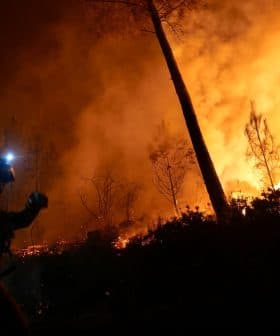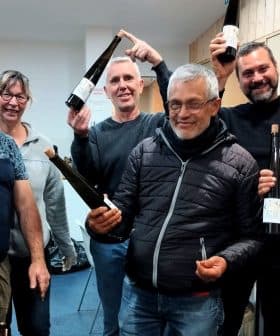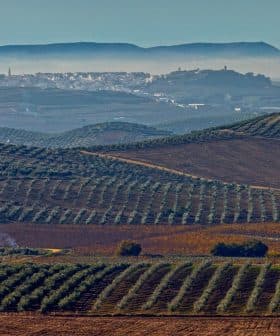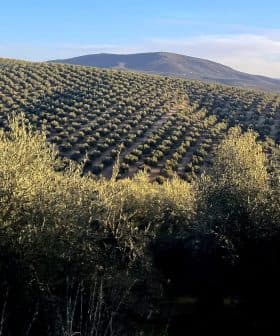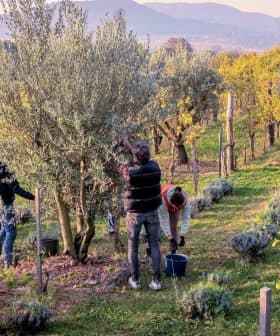Producers Assess Damage of Springtime Frost Across Southern France
One agricultural expert estimates that olive oil production in the 2021/22 crop year could fall by more than 25 percent as a result of damage caused by the frost.
 Photo: Via Caritatis
Photo: Via CaritatisAn unseasonable springtime frost in the south of France has heavily impacted olive oil producers, with estimates of a 25 – 30% decrease in harvest expected due to frost damage. Producers are exploring solutions such as using candles or water to protect trees from frost, while experts warn that spring frosts may become more frequent with climate change.
After an unseasonable springtime frost ravaged the south of France in April, olive oil producers are expecting the coming harvest will be heavily impacted.
Francois Aurouze, a land and agricultural expert at Vignoble Conseil, said that it usually takes time to notice the impact of frosts on the harvest, but “this one had the effect of burning the young shoots bearing the future flowers. As a result, the harvest could be partly destroyed.”
We must wait until the harvest time to assess precisely how much it will affect the crop yield this year as we estimate a loss of at least 20 percent.
He estimates that the damage caused by the frost could lead to a harvest decrease of between 25 to 30 percent.
Photos sent to Olive Oil Times show frost-damaged olive trees in the Var department, which sits in the center of the southeastern Provence-Alpes-Côte d’Azur region. One tree has only two small olives at the end of the branch. The other olives never blossomed after the frost destroyed the buds.
See Also:2021 Harvest UpdatesOn April 8, temperatures across the south of France dropped to –7 ºC, damaging many crops across the departments of Var and Bouches-du-Rhône. It was the worst freeze since 1956 when frost destroyed millions of olive trees across France and forced farmers to abandon their groves.
“When temperatures are this extreme, there is nothing anyone can do,” Christiane Lambert, the president of the National Federation of Farmers’ Unions, said. “Nature imposes itself on us.”
The extreme weather event, which some farmers worry could become increasingly frequent due to climate change, forced the French government to announce an agricultural disaster and pledge €1 billion in financial support.
However, the National Federation of Farmers’ Unions warns that the damage may be closer to €3 billion.
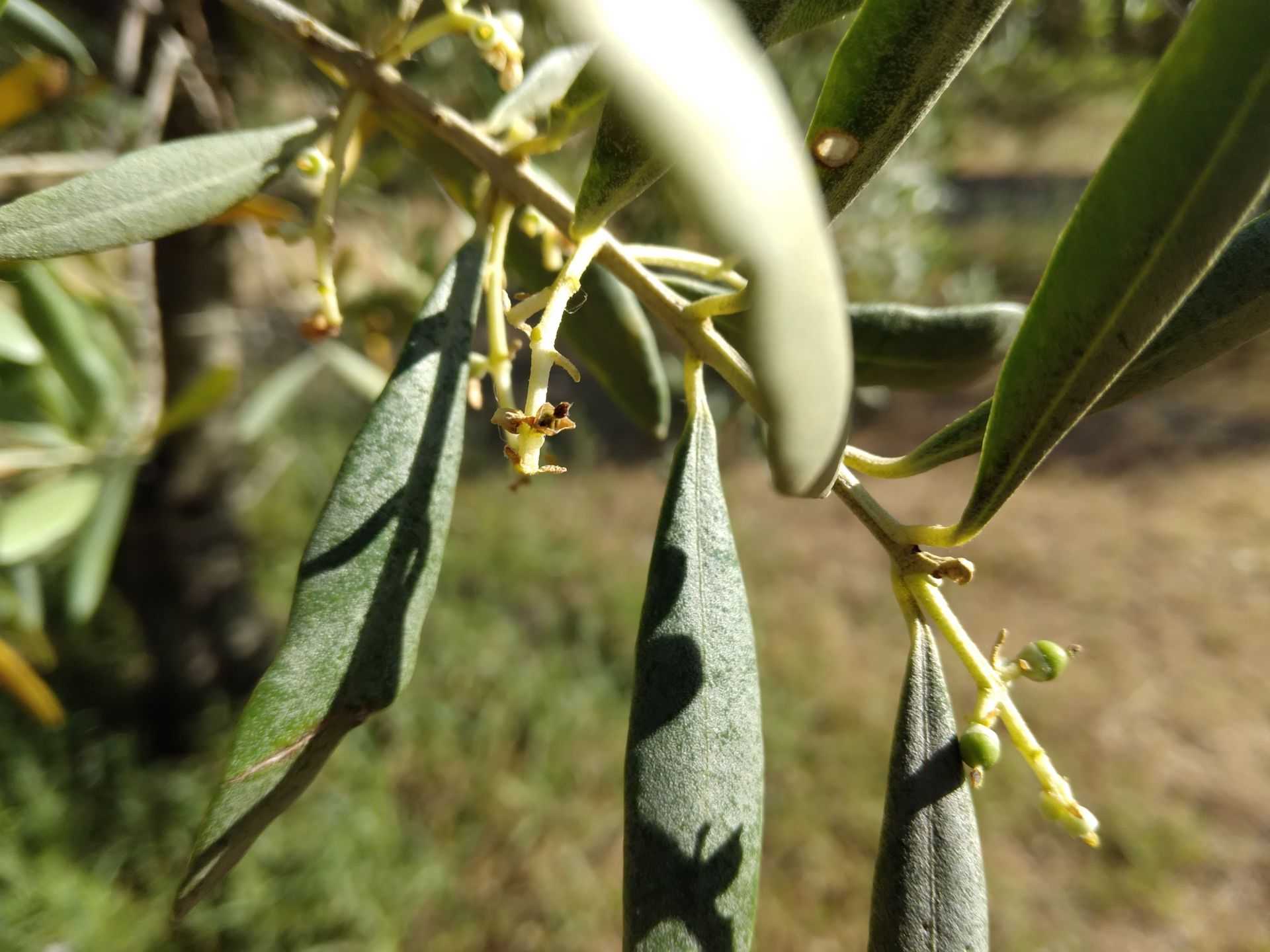
Photo: Vignoble Conseil
Anne and Gilles Brun are the owners of Moulin du Calanquet, in Saint-Rémy-de-Provence, a commune of Bouches-du-Rhône. The couple’s olive grove is composed of 15,000 olive trees, covering 80 hectares. They estimate that the frost damaged 80 percent of the trees in 27 hectares of the grove.
In the last harvest, Moulin de Calanquet produced 65,000 liters of olive oil from five varieties: Grossane, Verdale, Aglandau, Salonenque and Picholine.
“We have the know-how, a great experience of the land, so perseverance and optimism are important,” Giles Brun told the Olive Oil Times. “We are working to boost the harvest of the next two years.”
Brun monitors the olive grove closely with sensors on trees that provide him with a wealth of data. The olive grove is equipped with drip irrigation to supply a balance of water and nutrients, working night and day to obtain optimum growing results.
The Bruns are looking at various solutions to avoid the frost, with high-cost implications.
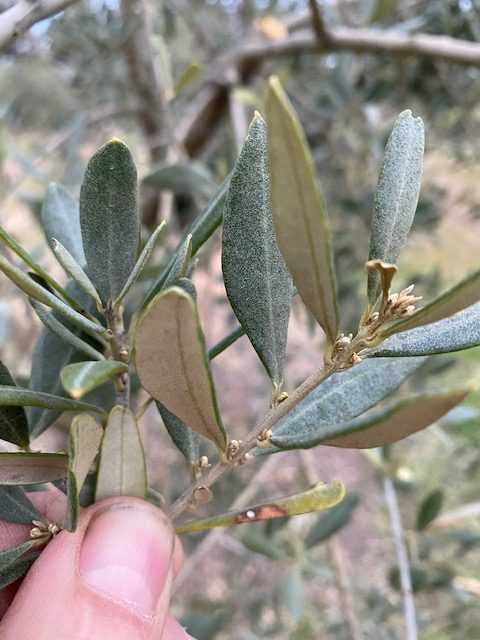
Photo: Moulin de Calanquet
“We need 13,000 candles, but to place them in the olive grove, we need to hire the full population of Saint Rémy de Provence,” he said. “It would be too expensive.”
“Another solution could be to use water that forms an ice cube on the tree to protect it,” he added. “The best solution is to use amino acid to make the tree more resistant.”
About an hour north of Moulin de Calanquet is Via Caritatis, a monastery located in the heart of Provence that consists of a vineyard and vast olive grove.
In the last harvest, the monastery produced 1,300 liters of oil, a low-yielding year. This year, the producers at Via Caritatis expect around 1,000 liters, down from the usual yield of about 1,700 liters.
Gabriel Tessier, director of development for the monastery, said that the frost of April 8 had drastic consequences for their estate.
“Two big plots of olive trees were completely frozen during this night and will not produce any fruit this year,” he said. “We must wait until the harvest time to assess precisely how much it will affect the crop yield this year as we estimate a loss of at least 20 percent.”
Springtime frost is nothing new for the producers at the monastery. According to Tessier, the Saints Days, from May 11 to 13, are also known as the Ice Saints since they have coincided with late frosts.
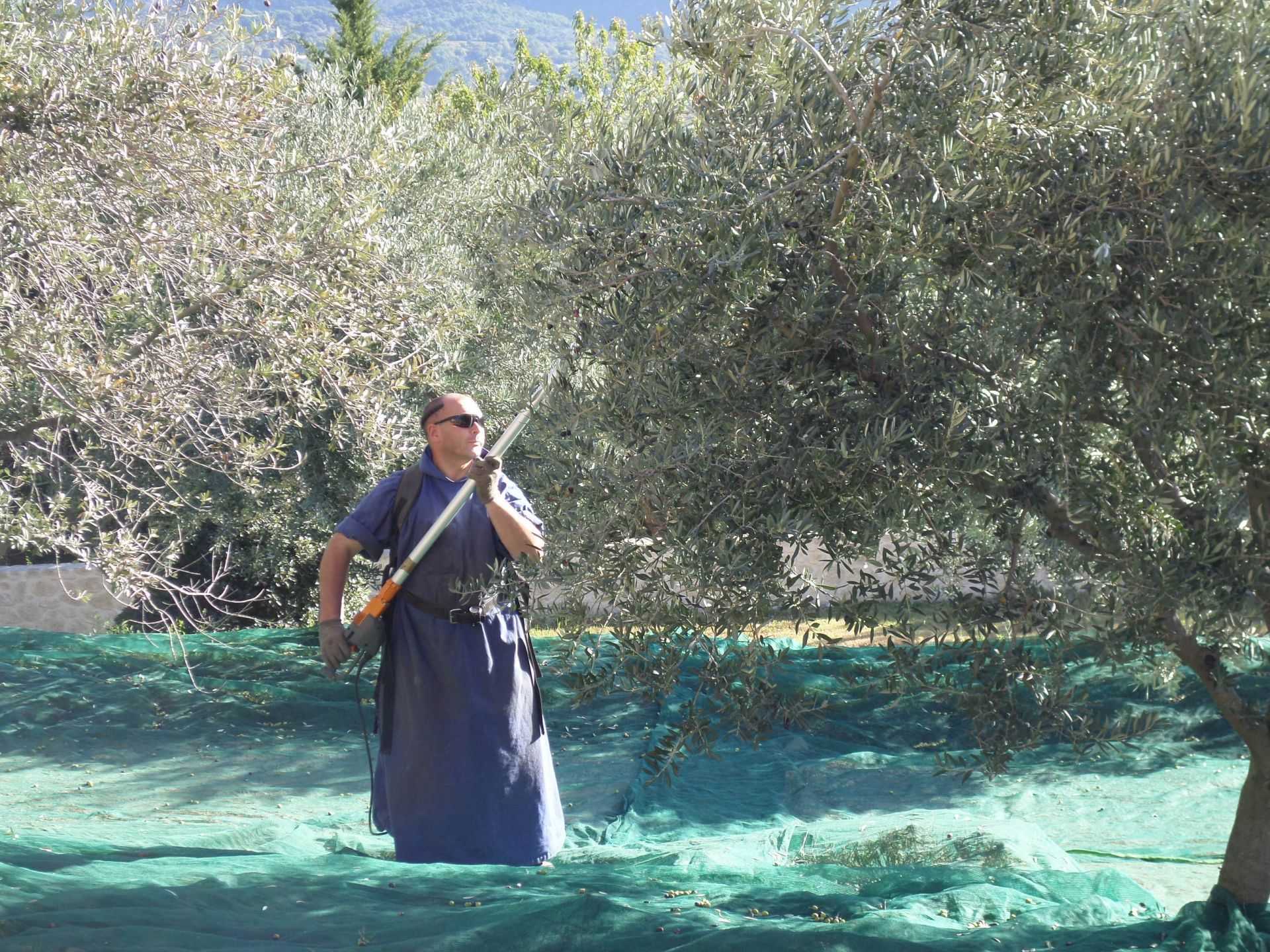
Photo: Via Caritatis
Generally, the producers at Via Caritatis mitigate the potential damage of these frosts by pruning the trees just around the time of harvest instead of during the spring, which allows the branches to develop in a period not subject to frost and aid fruit-flowering in the following year.
The producers also carefully select where they will plant new trees based on previous freezing events.
However, after the most recent freezing event, Tessier is uncertain of the outcome that these present methods have in combatting the effects of frost.
Aurouze believes that using straw fires in the groves or installing wind turbines, which mix warmer layers of air farther from the ground with cooler ones to prevent frost from forming, are possible solutions for growers to mitigate the risks of springtime frosts.
He also recommends pruning olive trees at the latest possible opportunity after the risk of an April frost has subsided. However, he added that “with climate change, spring frosts will undoubtedly be more and more frequent.”


